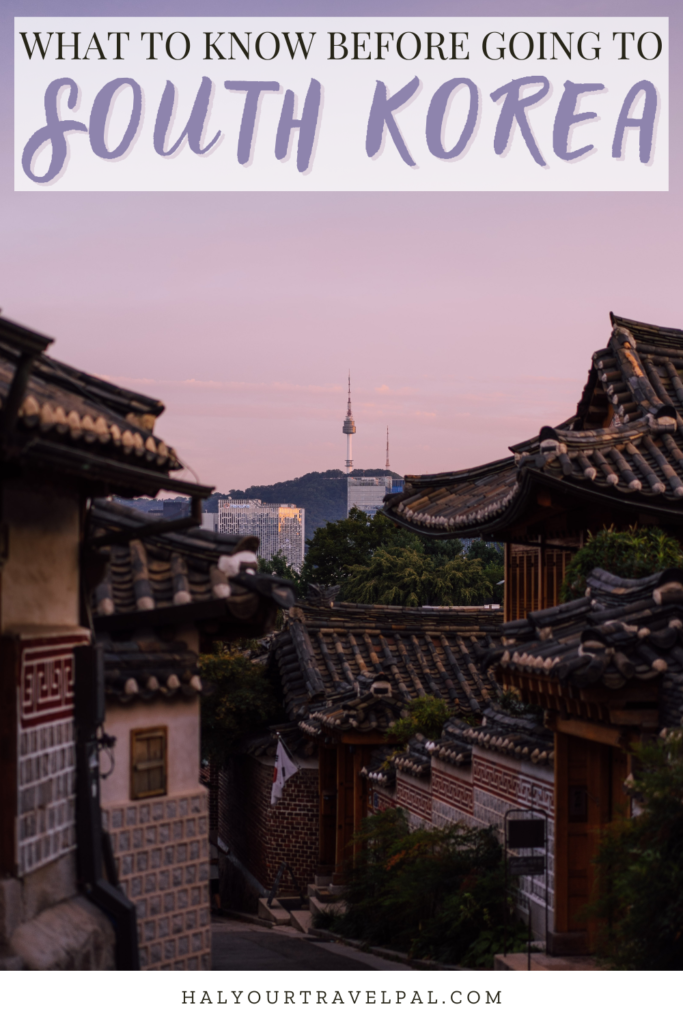
This post may contain affiliate links and I may earn a small commission when you click on the links at no additional cost to you. You can read my full privacy policy here.
Wondering what you need to know before going to South Korea to ensure smooth sailing? A journey to Korea is an exciting adventure, filled with rich cultural and historic experiences, delicious cuisine, and stunning natural landscapes. However, like any adventure, proper preparation is key to setting your travels up for success. As someone who has lived in South Korea for 3 years, I’ve put together essential insights and practical tips to ensure your trip is not only enjoyable but also goes off without a hitch. From cultural etiquette to local nuances, this guide to what to know before going to South Korea is your go-to resource for preparing for your journey. So, let’s delve into the crucial details that will make your trip unforgettable.
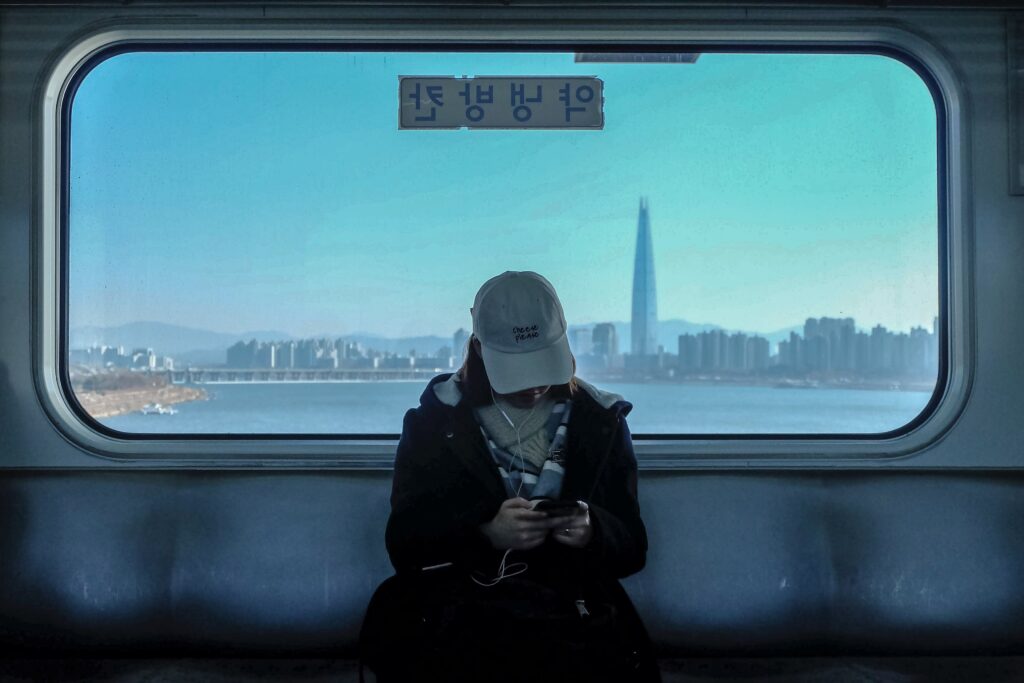
33 things to know before going to South Korea
Many locals aren’t fluent in English
Koreans learn English throughout their education, but you’ll find that many have a hard time speaking it. Especially outside of major tourist areas, you might not be able to communicate with the locals around you easily. When speaking in English, make sure to speak slowly, clearly, and simply. It’s even better if you can learn some simple Korean phrases for travel. Make sure to download the app Papago for translation.
The Korean alphabet is not difficult to learn
The Korean alphabet, known as Hangul, is made up of 24 letters. It’s simple and logical, so you can learn to read the alphabet in as little as one sitting. While learning Hangul is not necessary for traveling the country, it’s not too complicated and will make your travels more accessible.
Public transportation is fantastic
Public transportation is reliable, efficient, and cheap, especially in major cities. Subways connect Korea’s major cities, while local buses reach areas that the subways do not. There are also comfortable and reliable intercity buses, express buses, and the Korea Train Express (KTX) that connect the entire country.
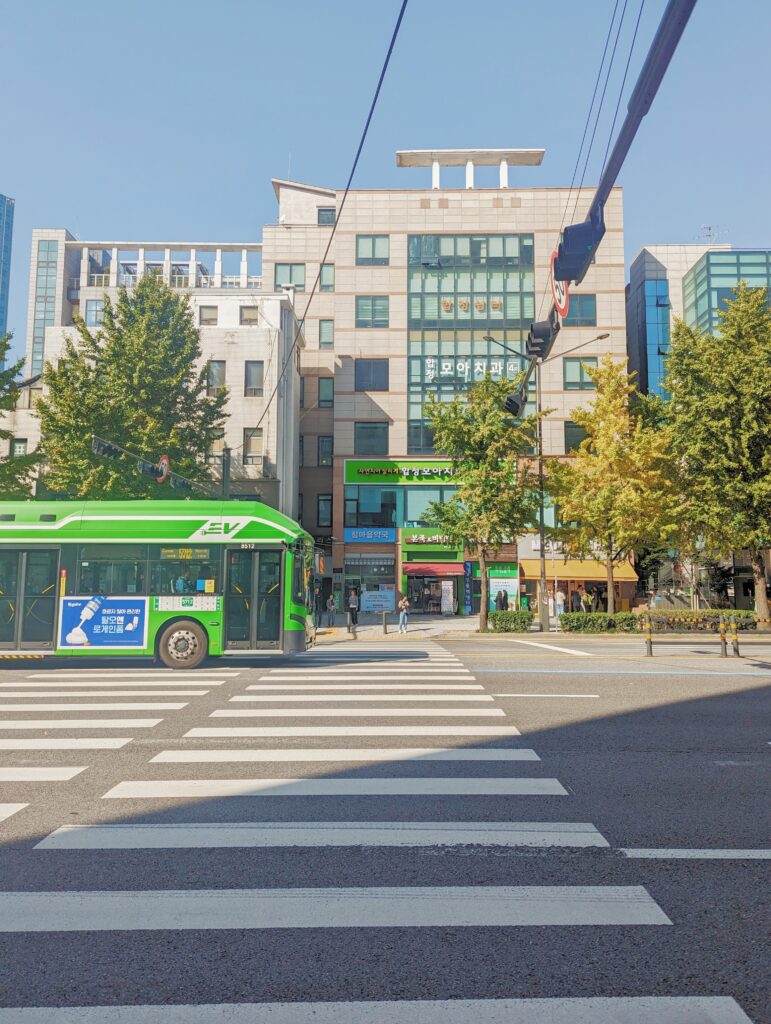

There are dedicated seats on public transportation for the elderly, disabled, and pregnant
Whenever you get on a bus or a train, make sure you aren’t sitting in a seat that isn’t for you. There are always dedicated seats for the elderly, disabled, and pregnant, and it is frowned upon to sit in those seats if they aren’t meant for you. Luckily, they are usually a different color or clearly labeled.
Korea experiences extreme summers and winters
While Korea experiences all four seasons, summer and winter are long and harsh. Visiting in the spring and fall, from March to June and September to November, is the best time to visit for enjoyable weather. If you visit in the summer from July to August, be prepared for extreme heat and the rainy season. If you visit in the winter from December to February, be prepared for extreme cold and snow.
Wondering when the best time to visit Korea is? Read my seasonal guide to Korea. For more information on each season, check out my spring, summer, fall, and winter in Korea guides.
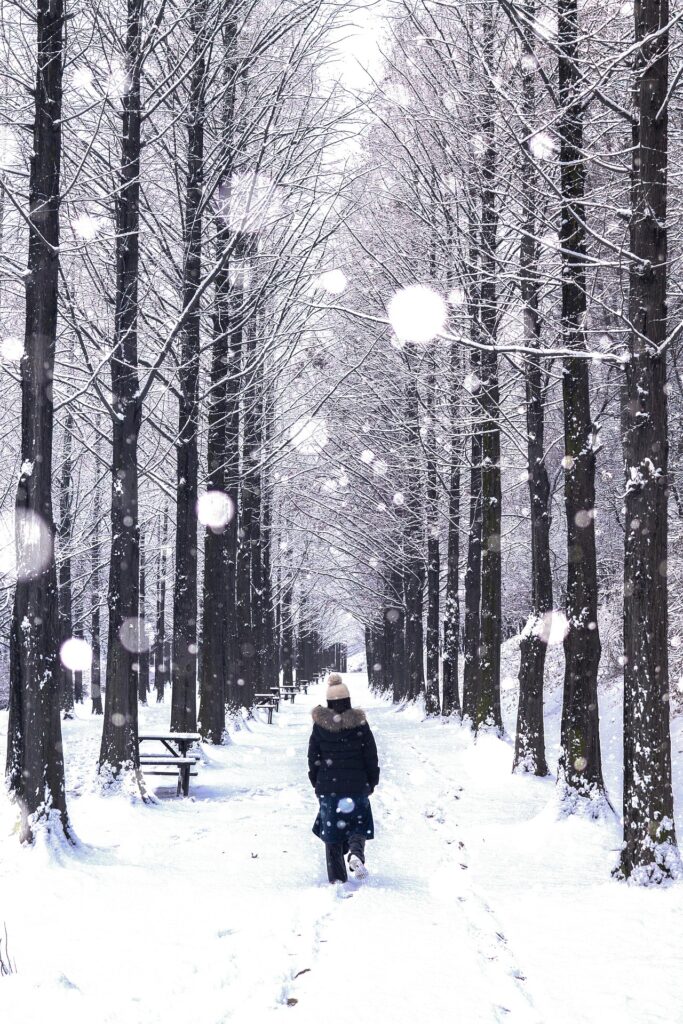
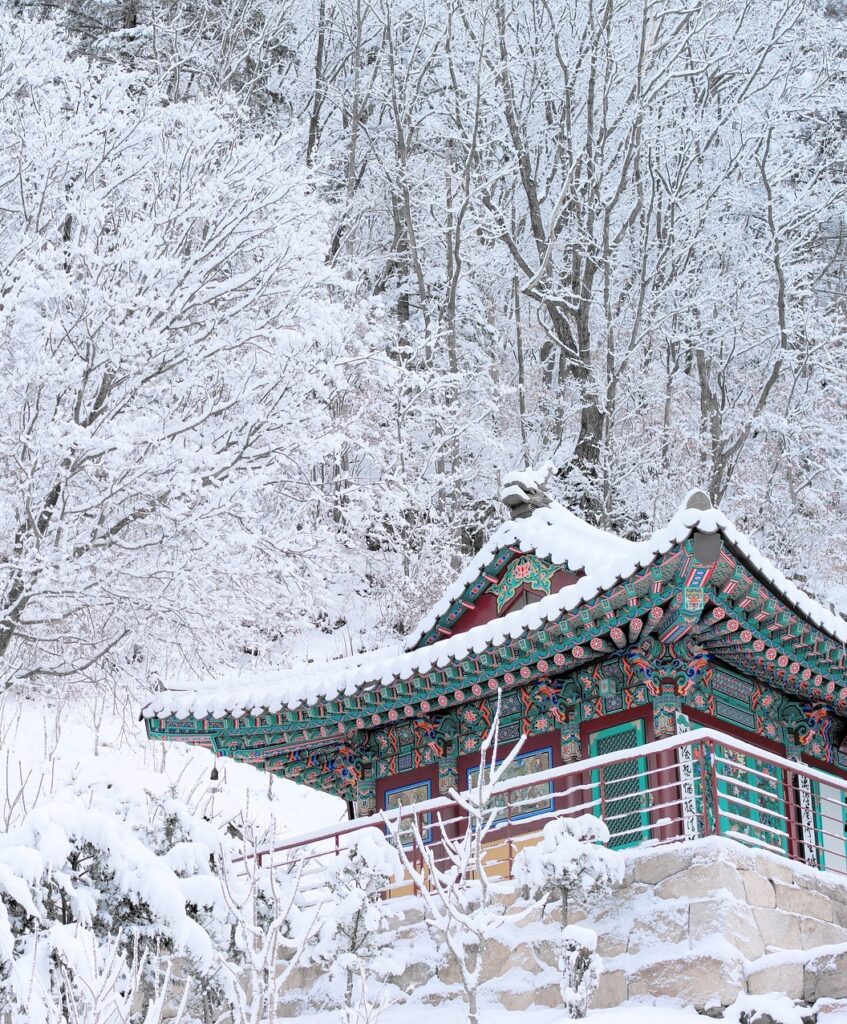

Google Maps doesn’t work in Korea
Google Maps is censored in Korea due to the country’s laws, so it will do you no good. Instead, you’ll want to use Naver Map or KakaoMap. Both apps are Korean apps that provide accurate and reliable directions. Not only will it show you your subway, bus, and/or walking route, but it will provide accurate arrival times for buses and trains. Although both apps support English, they aren’t perfect and might take some getting used to. I recommend trying out the apps ahead of your trip to get used to the interface.
Everyone uses the KakaoTalk app to message
Korea is sometimes called the “Land of Samsung” because of the company’s strong influence on the country. Because of this, many people have Android phones. While iPhones are rising in popularity, Koreans tend to message on the KakaoTalk app to streamline their messages, regardless of phone type. If you plan on being in Korea for an extended stay or wanting to connect with locals via message, I recommend setting up a KakaoTalk profile in advance.
Other than KakaoTalk, KakaoMap, and Naver Map, what other apps should you download before your trip to Korea? Check out my guide to 11 essential Korea travel apps.
When booking accommodation, look out for “Love Motels”
There are many types of accommodation you can choose from in Korea, but watch out for the infamous “love motels”. These are hotels that allow guests to rent rooms by the hour. Let’s just say that most travelers aren’t the audience that these hotels cater to. These hotels won’t explicitly label themselves as “love motels”, so you need to take time to comb through the pictures and reviews of your hotel online before booking it. Usually, they have neon signs out front saying “motel” or “hotel”.
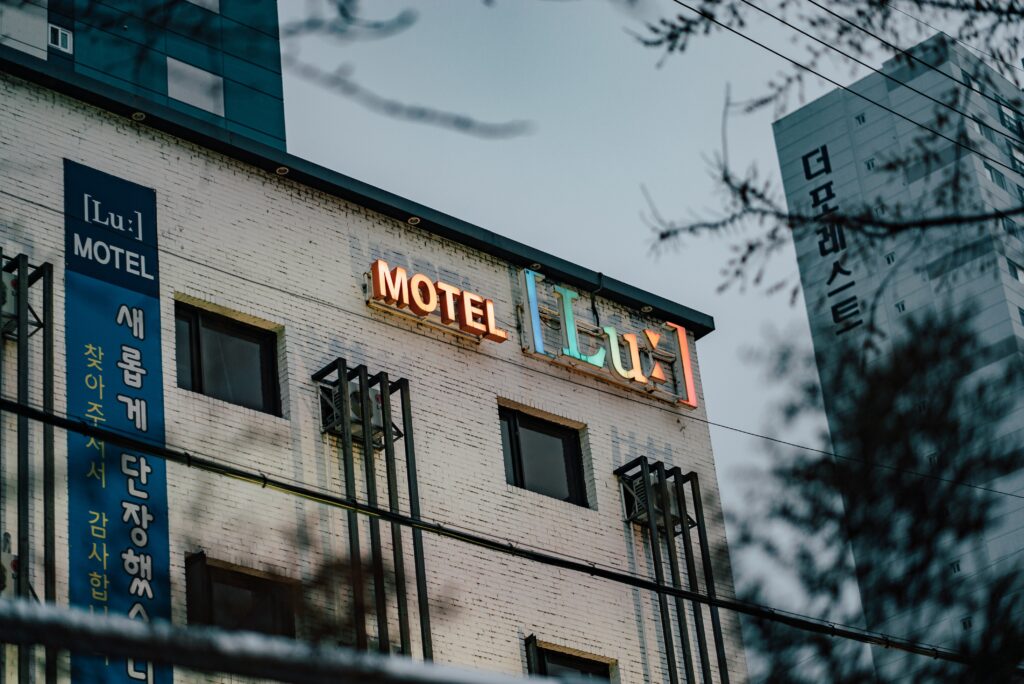
The best booking platform for finding and reserving great hotels in Korea is Agoda. It’s owned by the same company as Booking.com but is based in Asia, making it great for finding any hotels you need. If you’re a backpacker staying in hostels, then Hostelworld is consistently the best hostel booking platform worldwide, and Korea is no exception. Both booking sites have thousands of verified reviews, so you can avoid the infamous love motels. Book your Korea accommodations on Agoda today:
South Koreans don’t worry much about North Korea
Western media tends to blow anything about North Korea out of proportion. Most South Koreans don’t worry about threats from the North in their daily lives, and there is little reason for you to worry too much about it while you’re here. It’s better to not talk to locals about North Korea, as it is a sensitive topic.
Korean chopsticks are metal
Korean chopsticks are different from their Chinese or Japanese counterparts that most Westerners are familiar with. Instead of being long, round, and made of wood, Korean chopsticks are short, flat, and made of metal. Many people find them more difficult to eat with, so I’d recommend practicing at home before your trip!

Some people use a different age system
The Korean age system considers babies to be one year old on the day that they are born. Then, every January 1st, a year is added to everyone’s age, regardless of date of birth. This system was officially abolished in 2023, however, many Koreans still use it because it’s what they’re used to.
Cars have the right of way, not pedestrians
While exploring Korea on foot, it’s important to know that cars do not yield to pedestrians. If you’re at a crossroad without a light, don’t start walking across the road until it’s clear. Cars will rarely stop for you, so you’ll have to wait for a break in traffic. Be careful walking on the sidewalk, too, as motorbike drivers don’t stick to the roads.
The cafe culture is the real deal
The cafe culture in Korea is no joke, with trendy cafes on every corner. From amazing aesthetics to delicious drinks and pretty pastries, there are countless world-class cafes. Not only can you take a break and get your caffeine fix, but the cafe culture is an experience in and of itself. If you’re going cafe hopping in Seoul, I recommend you head to Yeonnam-dong, Sinsa-dong, Ikseon-dong, or Seongsu-dong – these are my favorite neighborhoods for cafe hopping with endless options.
There are too many aesthetic, delicious cafes in Seoul to choose from, so help narrow it down with my guide to the best cafes in Seoul.


People keep to themselves
When you first get on the subway in Seoul, you’ll notice how quiet it is. Everyone keeps to themselves, and if someone is having a conversation, it’s at a low volume. The same goes for any public space that’s considered a quiet space, like a bus, study cafe, or historic village. Take note of your surroundings, and try to match the volume of the locals. There is also no such thing as small talk or holding doors open for people behind you. Everyone keeps to themselves, and you should do the same to not accidentally cause a disruption.
Korean society is collective, not individual
South Korea is one of the most collectivist societies in the world. Most people see themselves as not only responsible for their own actions but also responsible for the collective good of society. This has resulted in a strong tendency for Koreans to group together. You’ll notice this as you travel, especially if you’re a solo traveler, in the way that Koreans rarely do things alone. This can be a hurdle for solo travelers because many situations are set up for 2+ people.
There is a lack of public trash cans
Many visitors are shocked by the lack of trash cans in Korea. The government intentionally removed trash cans from public spaces in the 1990s to encourage recycling. This means that you’ll often have to hold on to your trash for a while before finding a place to dispose of it. If you desperately need a trash can, I recommend stopping by a convenience store or subway station. These are the two places that are highly likely to have one.
Want to travel Korea like a local?
From cultural tips to hidden gems, I help travelers create custom itineraries that take the stress out of planning and make your trip to Korea smooth, effortless, and unforgettable. I lived in Korea for 3 years, so you can trust my expert insights to guide you every step of the way.
Let’s plan your perfect Korea adventure today!
People clean up after themselves
Despite the lack of trash cans, you’ll be surprised how clean Korea is. Even major cities like Seoul and Busan are mostly clean and well-kept. This is because of the collectivist mentality that your actions affect the collective good. It’s important to clean up after yourself because everyone else does, so everyone plays their part in keeping the country clean.
You have to separate your trash
In Korea, it’s not as simple as separating your trash from your recycling. You’re expected to separate your trash and recycling into further categories, such as vinyl, plastics, glass, paper, food waste, and general waste. Luckily, most public trash cans have pictures or signs in English showing you what to throw in each bin.
You’ll have to take off your shoes before entering some spaces
Whenever you’re entering a new place, such as a hotel, someone’s home, a restaurant, or a cultural or religious site, make sure to check if you need to take off your shoes. Koreans don’t wear shoes in their homes, and some hotels have the same policy. Certain places and spaces outside of the home also require you to take off your shoes, such as temples, palaces, and some restaurants.
You’ll need cash even though card is widely accepted
Although credit cards are widely accepted across the country, you will need to get out cash. In Seoul, subway transportation cards (known as T-Money cards) can only be refilled with cash. Additionally, many local street food vendors will only take cash. So make sure to take out cash, but you won’t need too much of it since cards are widely accepted everywhere.
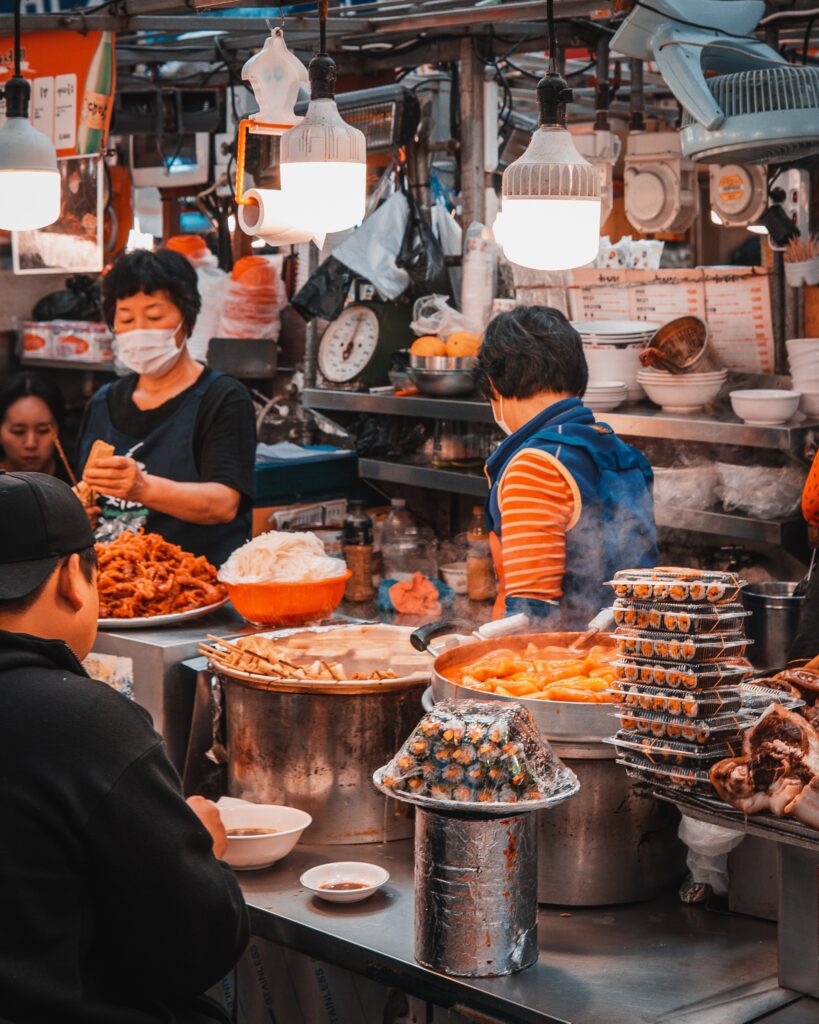
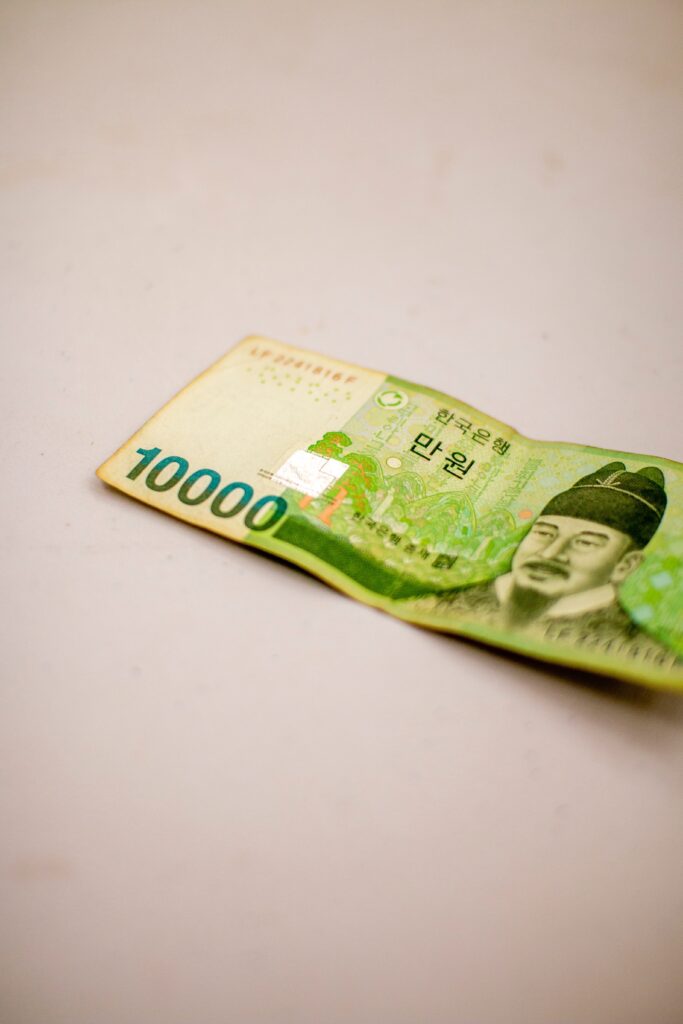
Bring a Visa and/or MasterCard
You’ll want to bring a Visa and/or MasterCard because they are the foreign credit card companies that are widely accepted. American Express is rarely accepted.
You don’t need to tip
There is no tipping culture in Korea, and most places won’t even accept it. If you see a tip jar, it’s meant for foreign tourists who don’t know better!
Some skincare products contain whitening agents
In East Asia, some skincare products such as sunscreen, deodorant, and lotions contain whitening agents. This is because pale skin is the beauty standard, so they add whitening ingredients to skincare products to help achieve this look. Look out for any products labeled as “whitening” or “brightening”. It’s better to bring your skincare products from home if you’re worried about accidentally using these products.
For a full guide to what to pack for your Korea trip, check out my South Korea packing list.
It’s not very friendly for people with dietary restrictions
Korean cuisine is not great for travelers with dietary restrictions. The dishes are heavily based on meat and fish, so being vegan and vegetarian is difficult. Most restaurants don’t have special options for dietary restrictions, meaning you have to intentionally seek out restaurants that cater to such diets. There is also little understanding of altering dishes, such as asking for them without certain ingredients. This makes eating Korean food difficult for travelers with dietary restrictions or allergies.
If you’re vegetarian or vegan, make sure to download the app HappyCow, which has been extremely useful to me in many countries across the world. It uses your current location to pull up a map of vegetarian and vegan options nearby.
Check out my survival guide to being vegetarian in Korea and my favorite vegetarian and vegan restaurants in Seoul.

You’ll want a phone plan even though wifi is widely available
Korea is known for its fast and widespread wifi, but I recommend buying a phone plan if you want to be connected at all times. Lots of public wifi networks, such as on the subway or bus, aren’t reliable. I like to know I can always access the Internet on my phone in a foreign country, at least for navigation and translation. Yes, Korea’s wifi is good, but it isn’t good enough to have you reliably covered throughout your whole trip.
My favorite option for accessing the Internet across the world is the Airalo eSIM. An eSIM doesn’t need to be physically put in and taken out; it’s simply installed onto your phone and connects to the Internet anywhere in the world as soon as you land. This is the easiest and most convenient option, and it’s reliable. I’ve used Airalo all over the world and I’m always a happy customer. Plus, if you are continuing your travels after Korea, you can get a regional Asia eSIM that works in 14 countries.
Public restrooms aren’t available everywhere
Not every establishment you visit will have a restroom for the public, including some cafes and restaurants. And in non-touristy areas, there aren’t public toilets. I recommend taking advantage of subway station toilets and any other toilets you encounter throughout the day because you might not have the chance to use one again for a while.
Sometimes, toilet paper is located outside the stalls
Some restrooms in Korea keep the toilet paper on the wall outside of the stalls instead of inside the stalls. When you enter a stall, make sure to check for toilet paper. If it’s not inside the stall, it’s somewhere on the wall outside. Grab a handful and bring it into the stall with you.
Sometimes, you can’t flush toilet paper
Many toilets in Korea don’t want you to flush toilet paper because of the sensitive plumbing system. There will usually be a sign or picture telling you to throw toilet paper into the trash can instead. In this case, there will be a small trash can next to the toilet where you dispose of the toilet paper before flushing.
You won’t have to use a squat toilet
Yes, there are squat toilets in Korea, but I’ve never had to use one in three years of living here. There are always Western-style toilets in the restroom as well, so if you encounter a squat toilet, just try another stall. Usually, there are pictures on the stall doors indicating what type of toilet it is.
Most private bathrooms are “wet bathrooms”
Unless you’re staying at a nice, Western-style hotel, chances are that you will have a “wet bathroom”. This means that the entire bathroom gets wet when you shower. Usually, the shower is located right above the sink and there is a knob that changes the water flow from the sink to the showerhead. It’s not a huge inconvenience, but be sure to buy cheap shower shoes and check the water flow before use so you don’t take a surprise shower!
The standard towel size is small
Again, unless you’re staying at a nice, Western-style hotel, you will probably not get the large bath towels you are used to. The towels that Koreans use are more like what we think of as hand towels. If this is something that will bother you, pack a towel from home to be safe.
If you want to visit the DMZ, you have to go on a guided tour
The Demilitarized Zone (DMZ) is a buffer zone between North and South Korea where no military activities are allowed. A day trip to the DMZ allows you to learn about the history and politics of the two Koreas while visiting the neutral zone between them. At the end of the tour, you’ll even get to look into a North Korean village through binoculars. If you want to take it a step further (literally), you can tour the Joint Security Area (JSA), where North and South Korean troops stand beside each other on the borderline. This is one of my top recommended things to do while in Korea, but plan ahead as a guided tour is required.
You must join a guided tour to visit the DMZ because of the security of the area. I recommend this tour, which I personally did and found very informative and interesting.
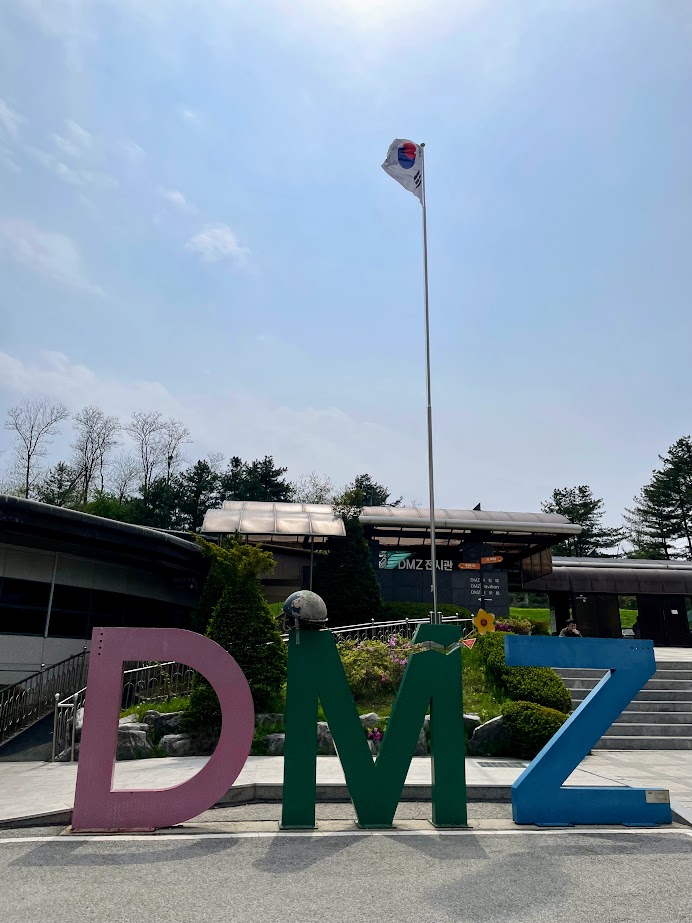
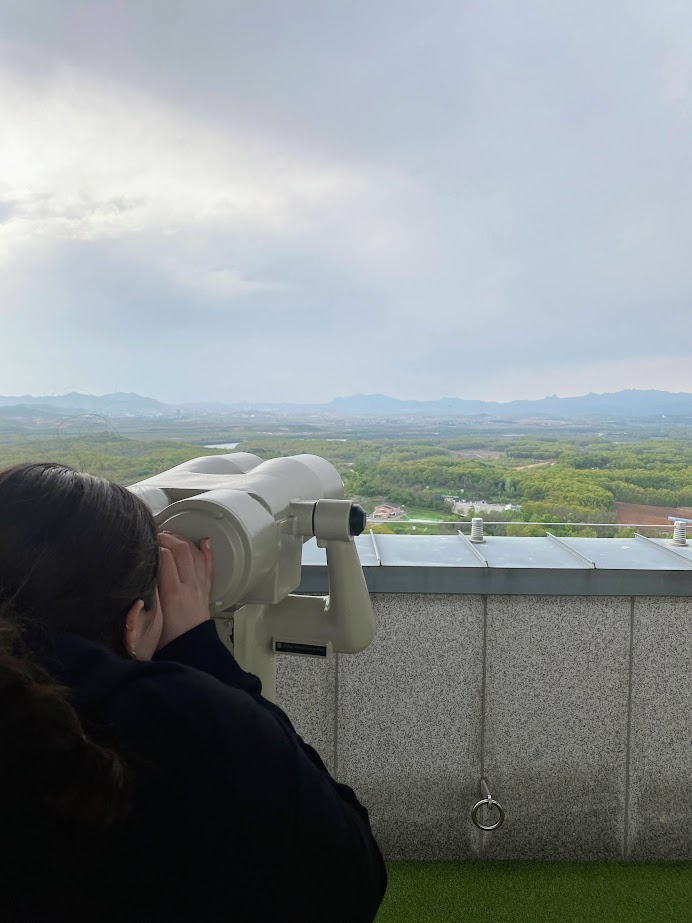
Currently, tours of the JSA are not running for non-Korean nationals. You can check the status of JSA tours for foreigners here.
The best activity and excursion booking platforms for Korea are Klook and GetYourGuide. Both websites have thousands of trustworthy travel experiences with verified user reviews. I use Klook and GetYourGuide to book almost all my excursions in Asia.
Nightlife starts late and ends late
If going out on the town is something you’re interested in, you’ve come to the right place. Seoul is truly a city that never sleeps, so nightlife goes all night. Many people stay out so late that they catch the morning trains home around 6 a.m. Because nightlife ends late, that also means it starts late. Don’t expect there to be much of a crowd before 11 p.m. The best areas to experience nightlife in Seoul are Hongdae or Apgujeong.
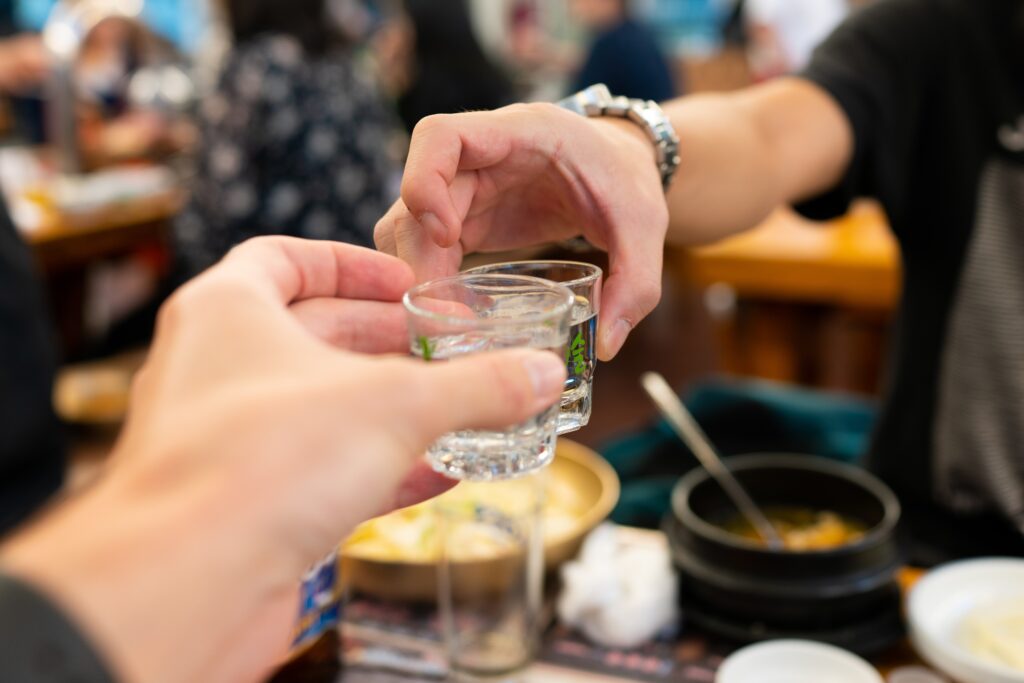
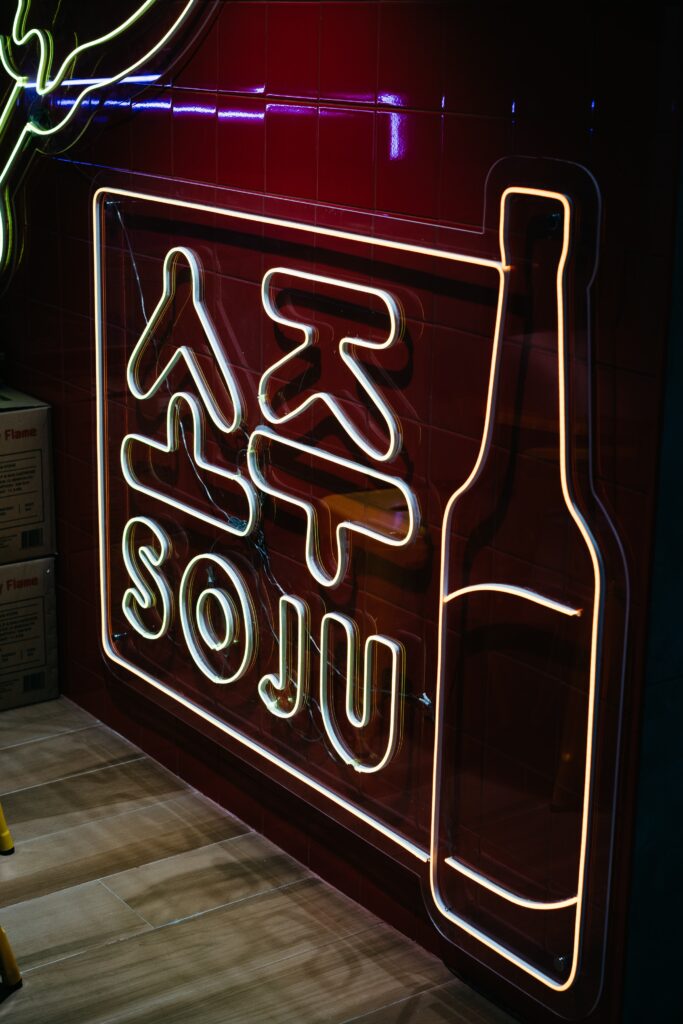
There you have it, everything you need to know before going to South Korea! You can rest assured that you are prepared to be a respectful traveler with a deep appreciation for the cultural quirks that make South Korea such an enchanting destination. With the knowledge from our guide to what to know before going to South Korea, navigating the Land of the Morning Calm will be smooth sailing.
Keep reading:
- 2 week South Korea itinerary & travel guide from a local
- South Korea Solo Travel Guide: Safety, tips, & what to expect
- 20 best things to do in Seoul, South Korea
- Seoul itinerary: Local’s guide to 1 week or less
- 15 unique things to do in Seoul: An unreplicable bucket list
- Where to stay in Seoul, South Korea: A local’s guide
- 15 BEST day trips from Seoul
- The 22 best cafes in Seoul 2024
- 16 best things to do in Busan, South Korea
- Busan itinerary: 2, 3, or 4 days in South Korea’s coastal gem
- 10 best day trips from Busan
- Vegetarian in Korea: The ultimate survival guide
- The best vegetarian and vegan restaurants in Seoul
- South Korea packing list: A local’s guide to what to pack
- 31 unmissable things to do in spring in Korea
- 22 best things to do in summer in Korea
- Fall in Korea: The 26 best things to do
- 25 unmissable things to do in Korea in winter




Leave a Reply